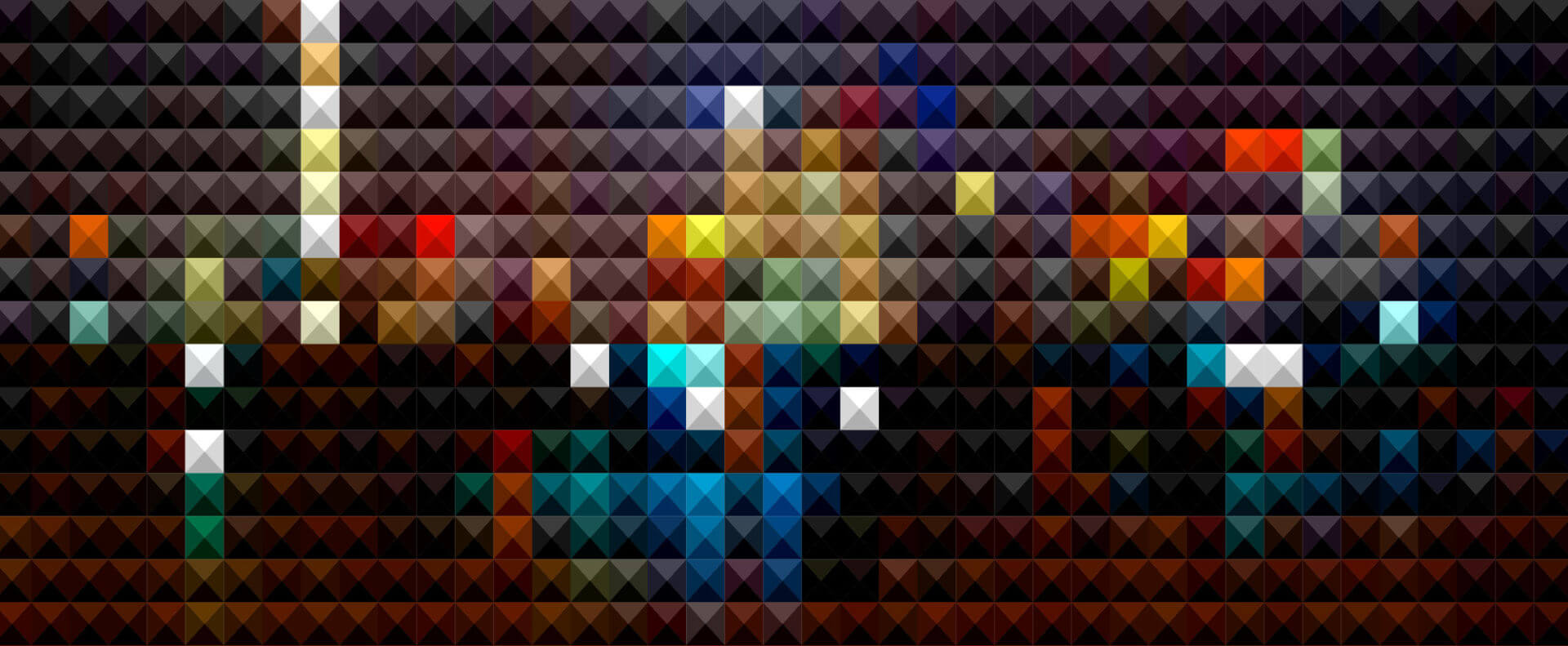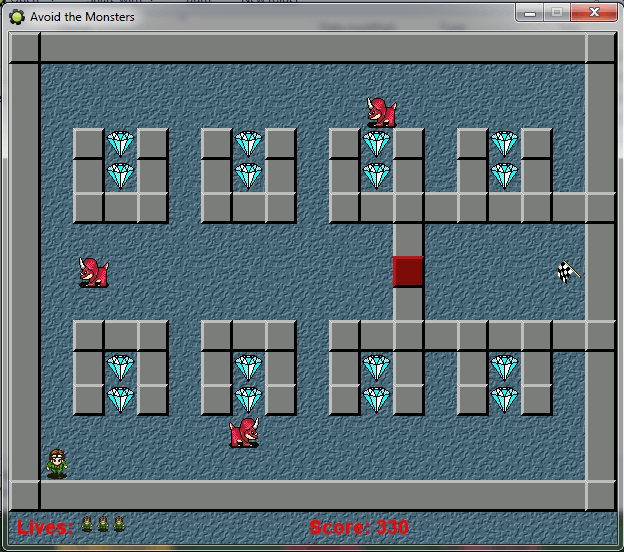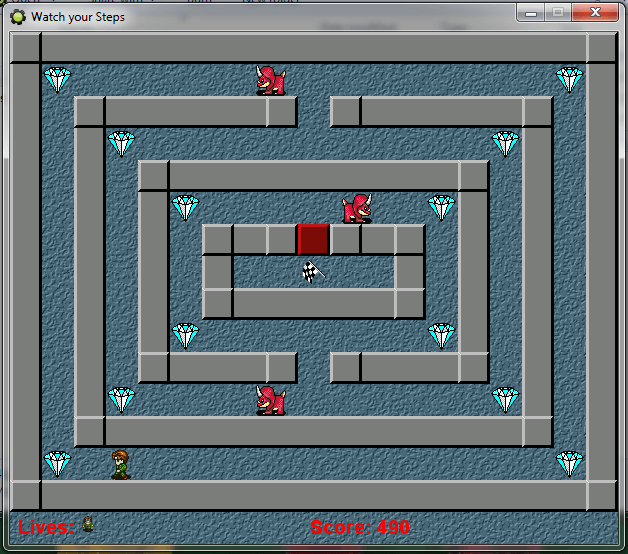5 Ways Games Will Change The World
Games have come a long way since Monopoly, Tetris and Mario. With immersive environments and personalized experiences, games are capable of far more than a few minutes or hours of entertainment. Whether it’s teaching social skills to a child with autism spectrum disorder or encouraging people to conserve electricity, games tap into our natural curiosity and problem-solving skills. They have the power to change the world for the better in infinite ways, and USC Viterbi is at the forefront of this powerful social technology.
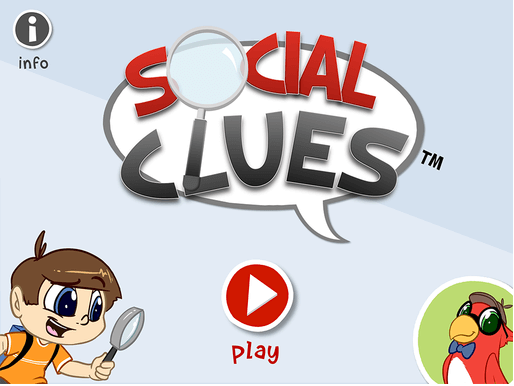

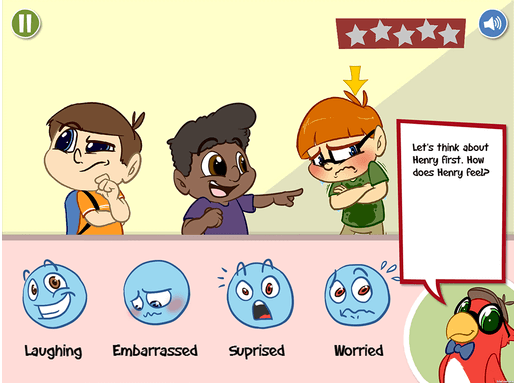
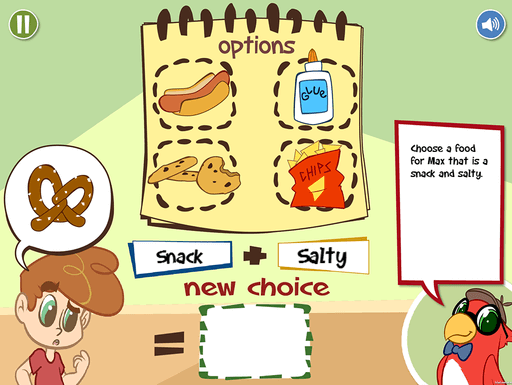
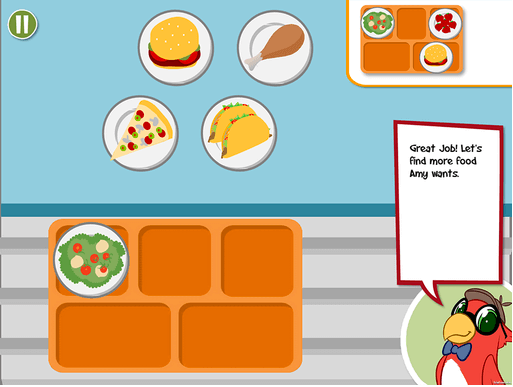 1. Providing Therapy for Children with Autism Spectrum Disorder
1. Providing Therapy for Children with Autism Spectrum Disorder
An ambitious, altruistic project emerged from the 2014 cohort of USC Games, the No. 1 ranked collaboration between USC Viterbi and the USC School of Cinematic Arts. Developed by a team of 35 students from engineering, MBA, design and elsewhere in the USC community in Professor of Engineering Practice Mike Zyda’s Advanced Games course, Social Clues is an iPad application that transports players to a make-believe world that entertains while teaching children on the autism spectrum to make eye contact, listen to others and engage in conversation.
In the game, a player assumes the identity of ParticiPete or CommuniKate. Pete and Kate converse with different virtual characters in cafeterias, classrooms and other real-world settings to find lost toys. In the process, they learn the dos and don’ts of social interaction.
“What we’re trying to do is break down everyday interactions into something very understandable, very manageable,” said USC Marshall School of Business MBA student Jeremy Bernstein, Social Clues’ project lead, who created the game with his wife, Karen Okrent, a speech pathologist who often works with children with autism. “We’re basically giving our players a road map they can use offline,” he said.
With an estimated one in 68 children identified as having autism spectrum disorder — the broad term for the neurological condition that impairs communication, the ability to form relationships and respond appropriately to one’s surroundings, according to the Centers for Disease Control and Prevention — the need for educational games such as Social Clues has never been greater.
2. Revolutionizing STEM Education
For some students, science, technology, engineering and math (STEM) concepts are challenging. It can be easy to get lost in the details or become muddled in rote tasks without attaining true understanding. Meanwhile, those same struggling students often play video games that were built on the same core concepts they are trying to master. Making games offers a unique opportunity for students to learn and readily apply their skills all while having fun and collaborating with peers. They are the future of education.
At the USC Viterbi Information Sciences Institute (ISI), researchers are combining video games and STEM education. Computer Science Professor Jihie Kim and computer scientist Erin Shaw, together with Jim Baker, former director of Viterbi’s Integrated Media Systems Center, developed a program called Pedagogical Games. This game development curriculum, which is sponsored by the National Science Foundation, turns games into a learning opportunity wherein students can learn mathematical concepts via game creation.
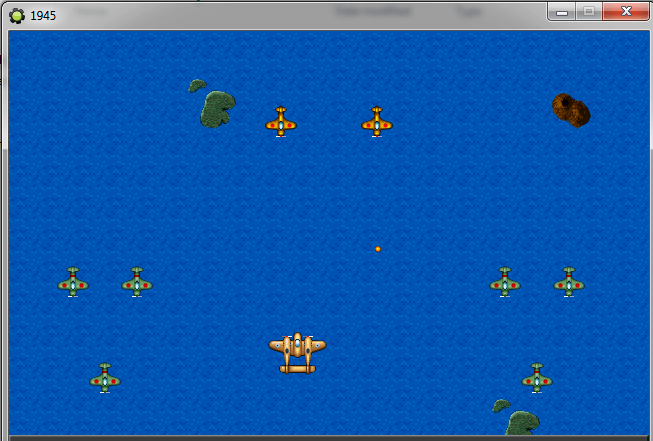 As students design and build their games, they must use logical math and computational thinking in the process. Along the way they learn and master mathematical concepts inherent in the game-making process, such as using rates and fractions to set player speeds to grid multiples and ensure safe passage through mazes.
As students design and build their games, they must use logical math and computational thinking in the process. Along the way they learn and master mathematical concepts inherent in the game-making process, such as using rates and fractions to set player speeds to grid multiples and ensure safe passage through mazes.
Piloted at schools in the Los Angeles Unified School District, where graduation rates hover around 50 percent, PedGames’ overarching goal is to address retention, career education and secondary mathematics while also fostering collaboration among students. The program is poised to significantly impact achievement and retention and promote creativity.
3. Encouraging Responsible Energy Consumption
Most games tap into our underlying competitive nature. If you can channel that innate desire to be the best into saving energy, then you’ve got a powerful force to lower energy consumption.
At the USC Viterbi Information Sciences Institute, Nicole Sintov, a behavioral scientist, and Research Associate Professor Michael Orosz developed a game that challenged students in a USC dorm to see who could decrease their energy consumption the most. The work was done as part of the Los Angeles Smart Grid Regional Demonstration Program, jointly funded by the Los Angeles Department of Water and Power and the U.S. Department of Energy.
 Thirty-nine dormitory suites were outfitted with smart electric meters that recorded energy usage in 15-minute intervals. Energy data could be accessed through a touch-screen kiosk located in the lobby of the building. Dorm dwellers competed to achieve the biggest reduction in energy use to win prizes during the three-week competition, held in September. The rankings were updated continuously at the kiosk and posted on fliers.
Thirty-nine dormitory suites were outfitted with smart electric meters that recorded energy usage in 15-minute intervals. Energy data could be accessed through a touch-screen kiosk located in the lobby of the building. Dorm dwellers competed to achieve the biggest reduction in energy use to win prizes during the three-week competition, held in September. The rankings were updated continuously at the kiosk and posted on fliers.


The contest resulted in a 4 percent decrease in electricity use among all suites, representing a savings of 2,419 kilowatt-hours, the equivalent of more than 2,600 pounds of carbon dioxide. Impressively, this decrease was measured despite record heat and peak electricity demand in Southern California during the competition period.
“Our goal was to involve end users as partners in energy management, and we did this by fostering an interactive relationship between the dorm residents and their energy data, instead of delivering a technical solution and pushing it onto users,” said Sintov.
Apart from lowering energy consumption, according to exit surveys the student-participants said they were inspired by the competition and their self-efficacy beliefs increased. They also indicated their willingness to participate in future campus energy-efficiency programs. This shows how the gamification of something like energy usage with real-time feedback and incentives can motivate people to change behaviors and feel empowered by the process.
4. Helping People Interact with Robots
Games aren’t just for humans, either. USC Viterbi Computer Science Professor Maja Matarić uses games to help foster human-robot interactions. In the USC Interaction Lab, robots like Bandit, a user-friendly humanoid robot torso platform, use games to help people recover from stroke and to lead elderly patients through seated exercises.
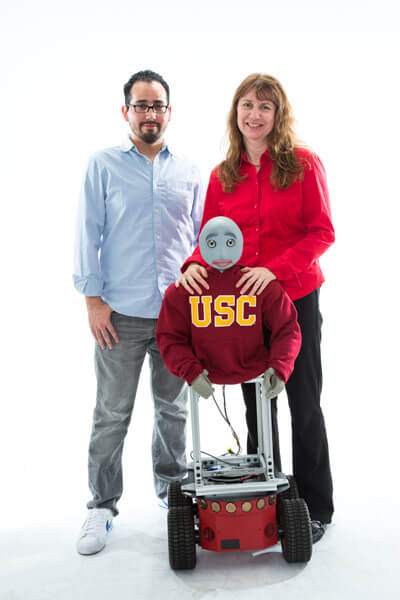
To help stroke patients, Bandit leads users through the “button game,” created by Ph.D. students Kate Swift-Spong and Elaine Short. Bandit directs the patient to touch a particular button as quickly as possible using the stroke-affected limb. Bandit tells the user how fast they completed the task and encourages them to keep improving.
Recent Ph.D. graduate Juan Fasola developed another game in which Bandit leads seniors through seated exercises by means of imitation: users are asked to imitate Bandit’s arm movements, or conversely, the user moves and Bandit imitates his or her motions. Bandit also leads participants through ever-lengthening sequences of motions that the user needs to remember.
In the not-too-distant future, robots will play a vital part in the health care system, filling gaps in care where there aren’t enough human caretakers. By helping to care for people who might be suffering from Alzheimer’s, recovering from a stroke or needing to stay mobile to lessen the effects of arthritis, robots will revolutionize treatment and rehabilitation for this population. And games will be a key element to keep patients happy, alert and healthy.
5. Putting the Creative Power in Your Hands
Next-generation, real-time performance capture technology means that a future game could star you in full digital form. One of the many applications of this, beyond being highly engaging, is that games designed to help people visualize themselves completing a difficult task or learning something new will be that much more realistic and believable.

With the myriad ways game mechanics can help people learn new skills, change their habits and lead healthier lives, the next step is to make more of them and put that creative power into more people’s hands. While today you need a team of experts to build a quality game, in the future content will be personalized, and people will be able to generate games in less time for a fraction of the cost thanks to new tools in development by USC Viterbi Assistant Professor Hao Li, of the Department of Computer Science.




